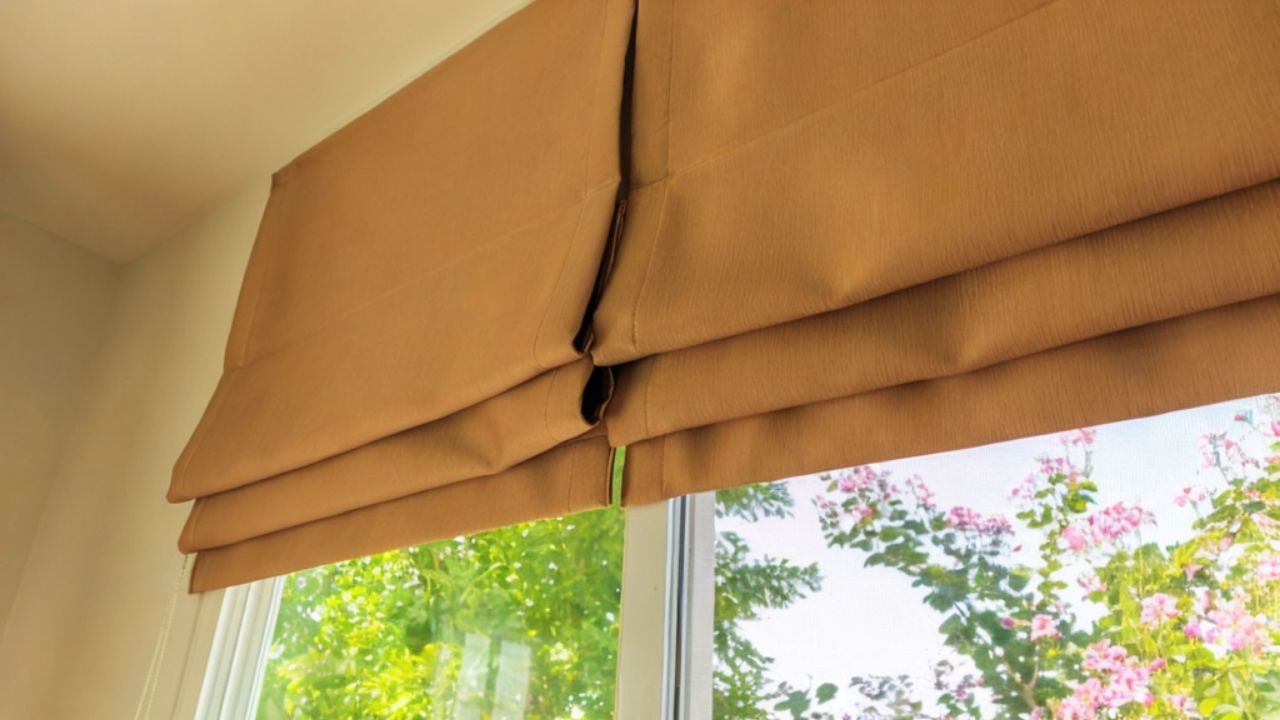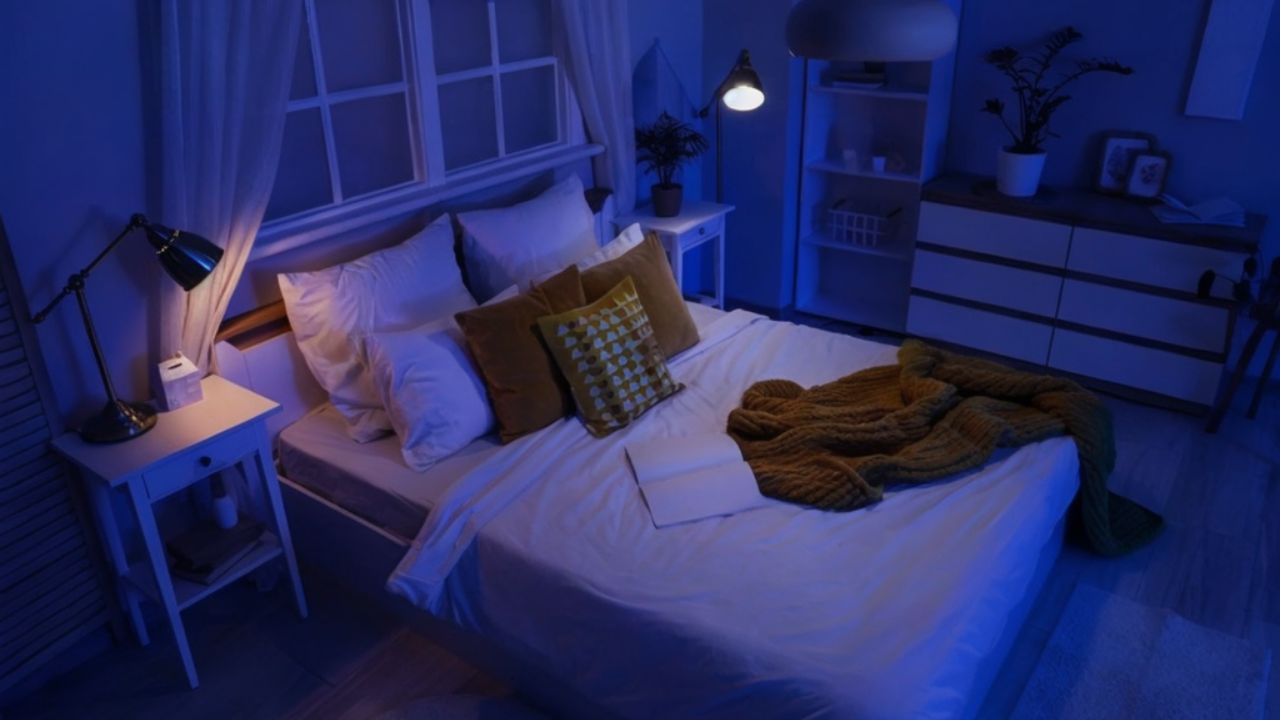What to move in your bedroom to finally get better sleep
Good sleep isn’t a new mattress; it’s a better environment. A few small relocations—light sources, screens, clutter, and airflow—change how your nervous system reads the room. The goal is a space that helps you wind down without a nightly battle.
Put the bed where your body can relax
If you wake up tense, your bed might be fighting door swings, glare, or vents. Aim for a position where you can see the door without being in its path and you’re not directly under a vent. If the window blasts morning light, shift the headboard one wall over or use a heavier treatment. Even a small pivot can reduce that “on alert” feeling you can’t name.
Move light to face height and warm it up
Overhead glare signals daytime to your brain. Put lamps at face height on both sides of the bed and switch to warm bulbs (2700–3000K). If you only have one outlet, run a slim power strip behind the headboard and use plug-in sconces. Soft, side light tells your body it’s safe to settle, which is half the sleep battle.
Push screens and chargers out of reach
Phones on the nightstand keep your brain revved. Park chargers at a dresser across the room or in the hallway and set a “dock time” an hour before bed. If you need white noise, use a dedicated machine instead of an app so the phone can stay put. Removing the impulse saves more sleep than any supplement.
Shift noise sources away from the bed
If the door clicks, the fan rattles, or the mini fridge hums, you’ll hover in light sleep. Move noisy items across the room, add felt pads where wood taps wood, and put a simple door bumper on the frame. Then add steady sound—fan or sound machine—between you and any hallway noise. Consistent noise is kinder than surprise noise.
Make the blackout easy

If sunrise wakes you, your window treatment is in the wrong job. Layer blackout behind your pretty panels—clip-on liners or roller shades mounted inside the frame—so darkness takes one pull, not a wrestling match. The simpler it is, the likelier you are to use it every night.
Right-size the nightstands and clear the tops
Tables that sit below the mattress make you reach and drag items to the edge. Choose nightstands level with the mattress top and keep only what you use nightly: lamp, water, book, lip balm. Everything else lives in a drawer with small dividers so it’s not a junk cave. Clear surfaces cue your brain that the day is over.
Reroute clutter away from your sightline
Laundry piles and kids’ toys don’t help sleep. Put a lidded hamper where you actually undress, not across the room. Add a low basket for throw pillows so they land somewhere on autopilot. If kids visit at night, give them a small blanket basket and one book bin so their “stuff” has a place that isn’t your floor.
Set the room to “evening” before you brush your teeth

Click the lamps, close the blackout, turn the sound machine on low, and drop the thermostat a couple of degrees. Ten minutes before bed, the room should already feel like nighttime. Routines are signals. When the signals are consistent, your body follows without you forcing it.
Like Fix It Homestead’s content? Be sure to follow us.
Here’s more from us:
8 upgrades that look like you spent thousands (but didn’t)
9 small changes that instantly make a house feel high-end
*This article was developed with AI-powered tools and has been carefully reviewed by our editors.







